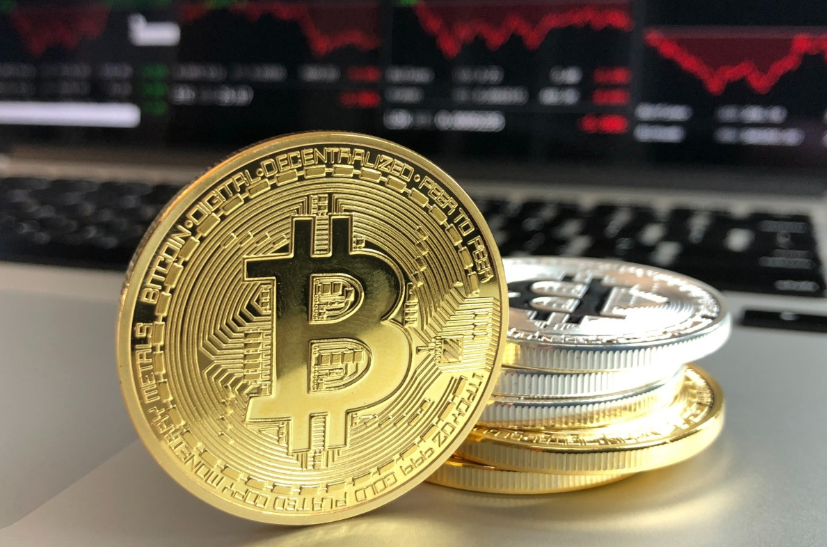 BLOCKCHAIN
BLOCKCHAIN
 BLOCKCHAIN
BLOCKCHAIN
 BLOCKCHAIN
BLOCKCHAIN
Bitcoin has continued its strong form this month, teasing $9,000 briefly in its best January since 2012, despite an apparent easing of Middle East tensions that were previously attributed to its increasing price.
Bitcoin is up 21% since the beginning of the year, and some experts now claim it could double in price by the end of the year. Bitcoin was trading at $8,654.71 as of 10 p.m. EDT, down 1.6% over the last 24 hours but still its highest price since mid-November.
CNBC reported today that the price increase is being driven by the launch of CME Group Inc. bitcoin futures in December along with the forthcoming bitcoin “halving” taking place in May. Halving is a process by which the reward for mining bitcoin is halved, making the production of new coins more difficult — often causing bitcoin’s price to surge.
On debut, the CME bitcoin futures did not find a willing audience, but in the space of a month, the futures contracts have become more popular. Over 1,000 bitcoin futures contracts were traded in the last day covering options ranging from January through to December. The options also hit a new transaction high per dollar value Jan. 14. The futures contracts are particularly notable as they are settled in bitcoin, driving additional demand.
Increasing demand for CME bitcoin futures also reflects growing acceptance of bitcoin and bitcoin-related products among institutional investors. A recent survey of financial advisors found that the percentage looking to allocate cryptocurrency as an asset is expected to more than double in 2020, from 6% to 13%.
The bitcoin “halving” in May will see the supply of new bitcoin available through bitcoin mining halved, hence the name. A halving is triggered every 210,000 blocks on the bitcoin blockchain. As Cointelegraph explains by way of analogy, it’s a bit like gold and gold mining, there being a finite supply of gold with mining becoming more difficult over time.
The halving also occurs to prevent all bitcoin from being immediately mined. Bitcoin has a maximum 21 million coins, with 18 million currently in circulation. By making the process harder, all of those coins won’t be mined out.
The reduction in the ability to mine bitcoin at the same rate also produces scarcity in that less bitcoin is coming into circulation, thus driving up the price.
Support our mission to keep content open and free by engaging with theCUBE community. Join theCUBE’s Alumni Trust Network, where technology leaders connect, share intelligence and create opportunities.
Founded by tech visionaries John Furrier and Dave Vellante, SiliconANGLE Media has built a dynamic ecosystem of industry-leading digital media brands that reach 15+ million elite tech professionals. Our new proprietary theCUBE AI Video Cloud is breaking ground in audience interaction, leveraging theCUBEai.com neural network to help technology companies make data-driven decisions and stay at the forefront of industry conversations.